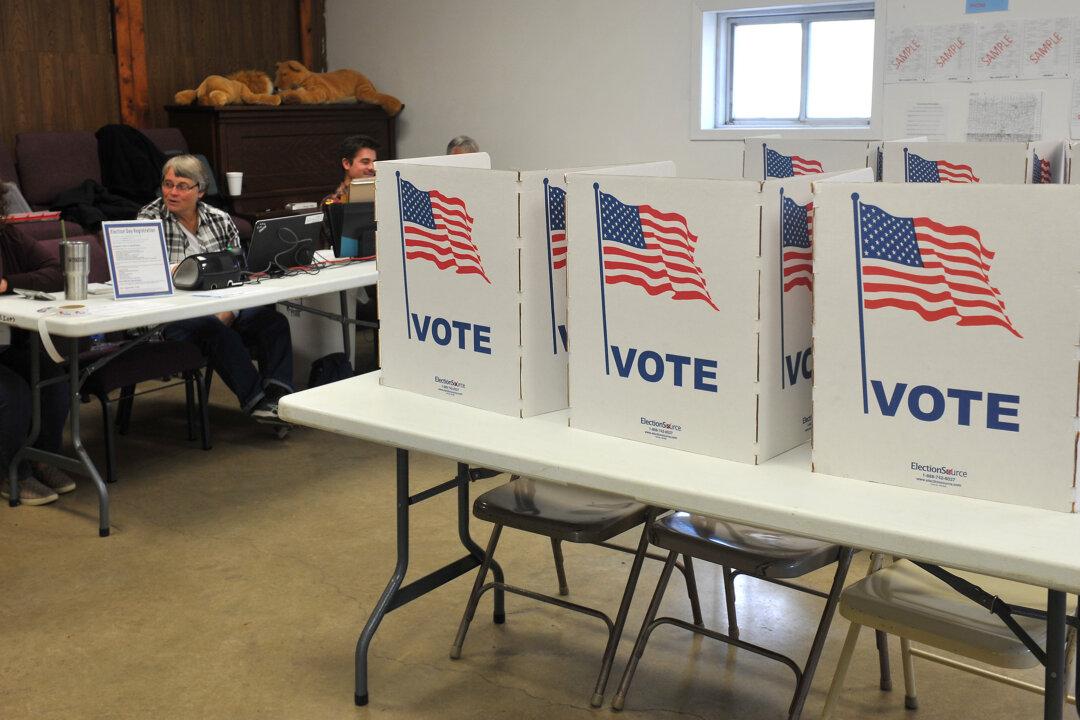Iowa Secretary of State Paul Pate is disputing an analysis that showed eight counties in the state had more registered voters than their total voting-eligible populations—by a total of nearly 19,000.
The analysis, based on 2017 and 2018 data, was released Feb. 3 by Judicial Watch (JW), a conservative nonprofit that describes itself as promoting “transparency, accountability, and integrity in government, politics and the law.” The organization says its “baseline analysis” is correct, even though it used older data.





